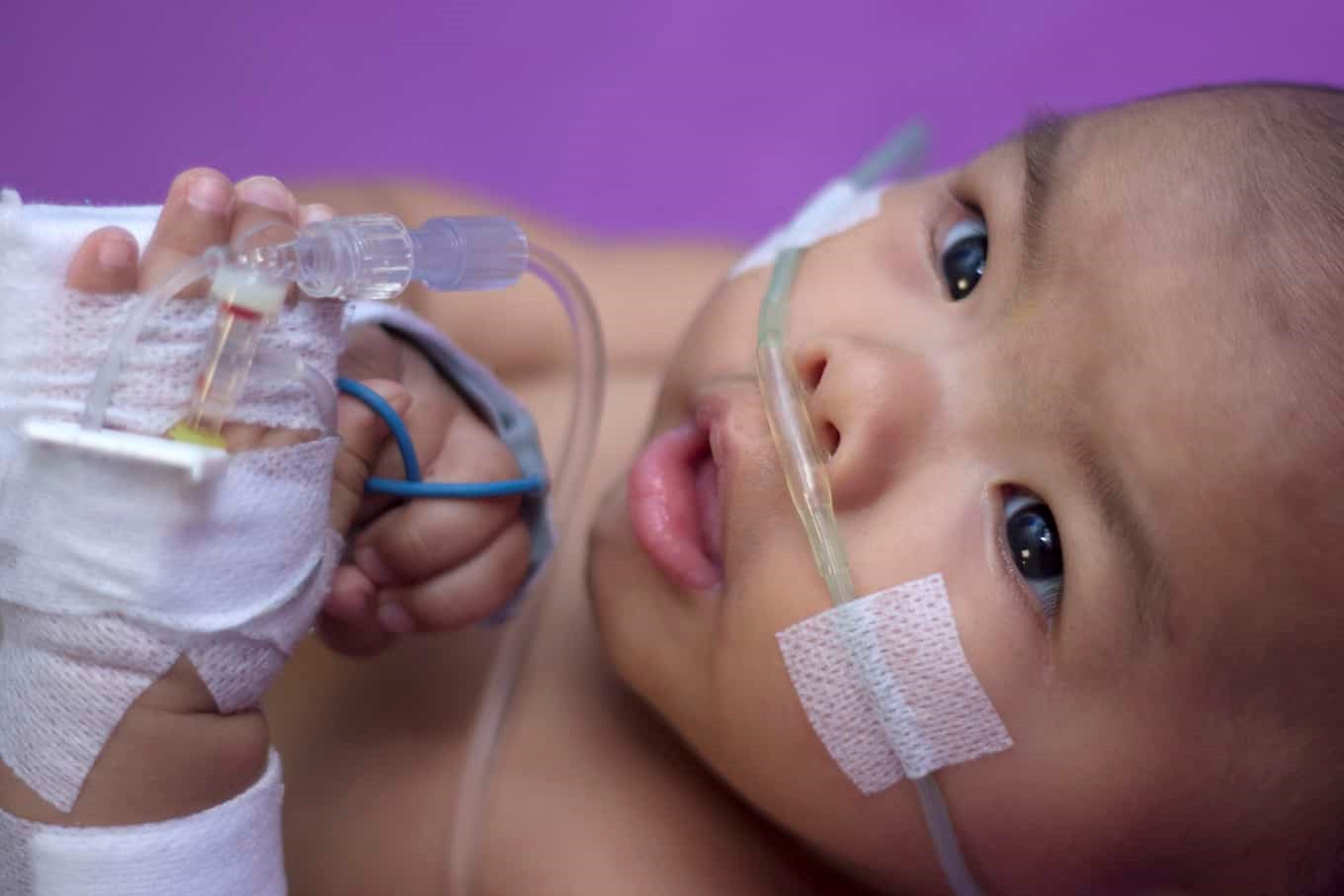
WHO, first blue book on paediatric cancers published
Paediatric cancers: the World Health Organisation publishes the first specific classification for childhood neoplasms, in which the Holy See Hospital was involved
Paediatric tumours differ substantially from adult tumours in terms of type, causes and therapeutic approaches
This is why the first classification of paediatric tumours developed by the International Agency for Research on Cancer (IARC), an expression of the World Health Organisation (WHO), is so important.
The Pathological Anatomy Unit of the Bambino Gesù Children’s Hospital took part in the publication, together with various institutions in Europe and the United States.
A paediatric-focused classification is essential to identify the best treatment options based on a more precise and accurate diagnosis.
Cancer Discovery, the journal of the American Association for Cancer Research, in an article published on 17 December, previews the results of the more than year-long classification work.
CHILD HEALTH: LEARN MORE ABOUT MEDICHILD BY VISITING THE BOOTH AT EMERGENCY EXPO
THE WHO BLUE BOOKS
The first step in treating and then curing cancer is to identify the precise type of tumour that affects the patient.
Since 1956, the World Health Organisation has promoted the publication of the Classification of Tumours, more commonly known as ‘blue books’.
The books offer the most up-to-date classification of tumours for each organ system (e.g. tumours of the gastrointestinal tract).
Paediatric cancers, until now, were combined with adult cancers in the treatment of specific organs
The first WHO Classification of Paediatric Cancers, which will be available online from January 2022 as part of the fifth edition of the General Classification, is an exception, because it is not limited to one organ system, but offers a specific compendium of all cancers that may occur in childhood and adolescence.
“An overall perspective,” says Rita Alaggio, head of Pathological Anatomy at the Bambino Gesù and one of the five experts on the International Editorial Coordination Group that edited the classification, “must consider a childhood tumour not only as a disease of an organ, but as a disease of an organ in the context of a developing organism.
The doctors of Pathological Anatomy, in close collaboration with their colleagues of the Oncohaematology Area of the Bambino Gesù, have edited, in particular, the classification of haematolymphoid tumours (leukaemias and lymphomas) and soft tissue tumours.
THE SPECIFICITY OF PAEDIATRIC TUMOURS
In adults, malignant tumours are the result of a progressive genetic alteration process.
As cells replicate, they make “mistakes” that are influenced by environmental factors, personal habits and, for some patients, genetic predisposition.
Most paediatric cancers, on the other hand, are caused by a single, sporadic and, in most cases, non-hereditary genetic event, which occurs during embryonic development.
This causes arrested development and uncontrolled cell proliferation.
Only about 10% of cases are associated with hereditary cancer predisposition syndromes.
The paediatric blue book contains a classification of cancer predisposition syndromes and identifies the challenges associated with diagnosis and treatment.
A NEW DIAGNOSTIC APPROACH
The paediatric blue book reflects the transition from a traditional diagnostic approach, based solely on microscopic histological examination, to the use of new molecular diagnostic technologies based on tumour genetics, which have revolutionised classification criteria.
“An integrated diagnostic approach between histological and molecular analysis – explains Alaggio – is a fundamental step towards personalised therapies for treating tumours, and represents a field in which the Bambino Gesù is at the forefront”.
RARE DISEASES? VISIT THE UNIAMO – ITALIAN FEDERATION FOR RARE DISEASES STAND AT EMERGENCY EXPO
PERSPECTIVES AND LIMITATIONS IN THE CLASSIFICATION OF PAEDIATRIC CANCERS
The new WHO classification of childhood tumours provides an up-to-date and highly supportive framework for the anatomopathological diagnostic practice of paediatric tumours worldwide.
‘It is important,’ Alaggio points out, ‘for the recognition of peculiarities in the diagnosis and treatment of paediatric tumours.
The hope is that it will encourage, among other things, the training of paediatric anatomic pathologists, a specialisation that today exists only in a few countries”.
The advent of new technologies has had a profound impact on the role of the anatomopathologist in cancer diagnostics.
A diagnosis that integrates the microscopic aspects of the tumour with the molecular ones, providing prognostic and predictive indicators of response to therapy, ‘is essential to spare the child under treatment the side effects of treatment and increase the quality of his future life’.
Special attention has been paid in the paediatric blue book to the usability of classification by low-income, and therefore resource-poor, countries, providing basic diagnostic criteria, regardless of the use of high-cost molecular methods.
However, it is still desirable, adds Alaggio, ‘that affordable molecular tests and support networks are developed in the future to ensure that these countries also receive diagnoses based on unbiased and reproducible criteria, with an increase in diagnostic accuracy’.
The real limitation of the WHO study is that, like all classifications, it can only provide an up-to-date snapshot that reflects current knowledge.
“For this reason,” explains Alaggio, “WHO has implemented mechanisms to update specific aspects of the classifications between different editions.
In addition, WHO “will have all cancer classifications in an online format where they can also be updated in real time”.
Read Also:
Bone Cysts In Children, The First Sign May Be A ‘Pathological’ Fracture
Intraperitoneal Chemotherapy: Effectiveness For Certain Intestinal And Gynaecological Cancers


